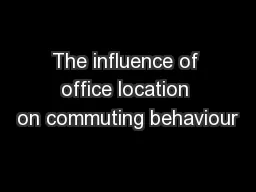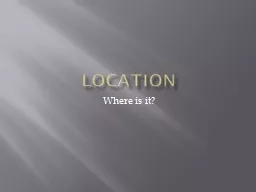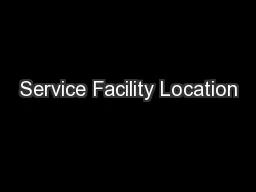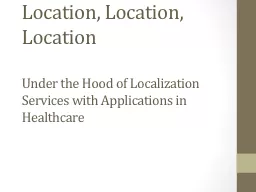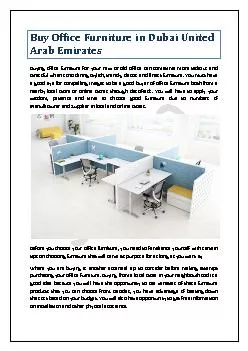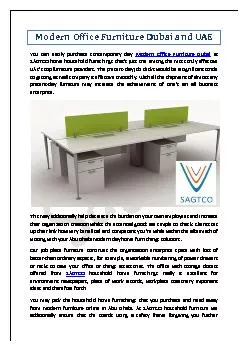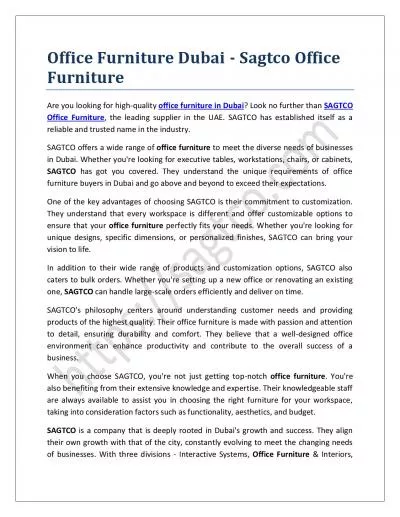PPT-The influence of office location on commuting behaviour
Author : lois-ondreau | Published Date : 2017-07-28
Peter Wyatt Background and context Transport activity accounts for ¼ of all UK CO 2 emission To fully appreciate the environmental impact of an office building
Presentation Embed Code
Download Presentation
Download Presentation The PPT/PDF document "The influence of office location on comm..." is the property of its rightful owner. Permission is granted to download and print the materials on this website for personal, non-commercial use only, and to display it on your personal computer provided you do not modify the materials and that you retain all copyright notices contained in the materials. By downloading content from our website, you accept the terms of this agreement.
The influence of office location on commuting behaviour: Transcript
Download Rules Of Document
"The influence of office location on commuting behaviour"The content belongs to its owner. You may download and print it for personal use, without modification, and keep all copyright notices. By downloading, you agree to these terms.
Related Documents

